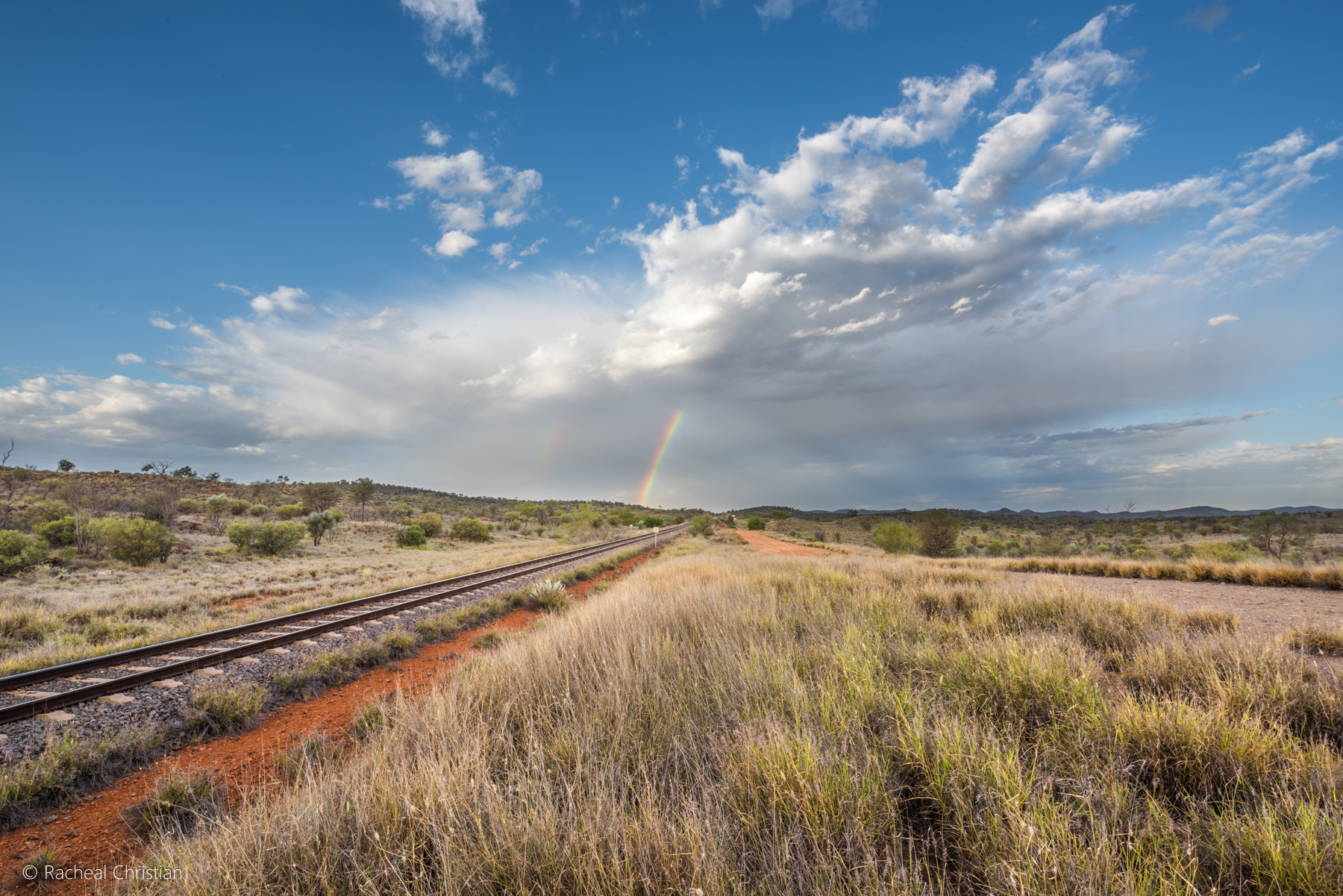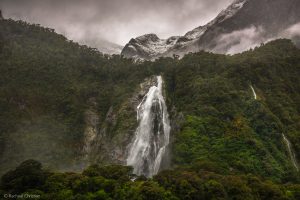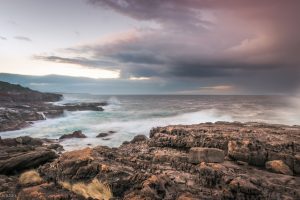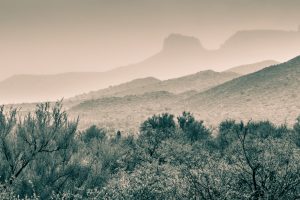Photo Of The Week: Rainbows Over Ghan Railway
It has been an exciting week for me. I was extremely lucky to have captured two rainbows forming over the Ghan Railway tracks just north of Alice Springs. I have been running around for the last week with my new Nikon D810 testing it out. We have had a lot of thunderstorms pass through Central Australia and with that a lot of rainbows. James and I had just been over at Wigley Waterhole where we had also witnessed a number of rainbows. After leaving there we decided to continue exploring some of the off-road tracks and came across the Ghan Railway Track. It was a stunning afternoon and I hope there are more like it over the next few weeks. I plan on visiting this area again and photographing it when the train is passing through.
The Ghan runs weekly through the heart of the Australian Outback. This historical train journey begins in Adelaide and makes it’s way up to Darwin, staying overnight in Alice Springs and stopping in Katherine. I have spent many years watching it pass me by or me it. The route of many of my tours followed the old Ghan track and the new. My favorite place to watch it travel through was along side Lake Hart in South Australia. It is a large salt lake, surrounded by red sand and rock as far as the eye can see. I would always be there with a tour group and it was a beautiful sight that everyone always enjoyed.
History Of The Ghan Railway
The Ghan Railway now operates along a different route than the one it used to. Today it travels 2,979km and takes two days moving at a slow pace. Construction on the line began in Port Augusta during 1878 and by 1891 it had made it’s way up to Oodnadatta, which remained the railhead for the line for the next 40 years. In 1929 the line was extended up to Alice Springs. This route was said to be fraught with all sorts of difficulties involving ongoing maintenance issues usually resulting from the weather. Often the heat would buckle the tracks, sand dunes would form along the line, and flooding could see the passengers stranded for days at a time. It is said that the the train once arrived in Alice Springs 3 months late due to flooding.
Unfortunately this route was the only one that had available to power the steam trains. A big windfall came with the introduction of diesel locomotives in the 1970’s, leaving the railway no longer reliant on waterholes and natural springs. The last time the Ghan operated along this route was in October in 1980 as the new line from Tarcoola was completed.
Some 126 years after construction began on the line The Ghan Railway finally reached Darwin on Feburary 4th 2004. The part of the track you see in my photograph is on the Alice Springs to Darwin section. For many years this leg of the journey was done via camel.
How ‘The Ghan’ Got It’s Name
‘The Ghan’ has remained the name of the railway in honor of the ‘Afghan Cameleers’ whose contribution to opening up remote Australia was enormous. The cameleers were responsible for the training and welfare of the camels that were used in the construction of the railway. Between 1870 and 1920 around 20,ooo camels and as many as 4000 cameleers arrived around Australia.
The most widely accepted story is the name originated in 1923 from an event in in Quorn, South Australia. Up until 1923 the Great Northern Railway trains would stop overnight en-route at stations, including Quorn. After 1923 a sleeper car was introduced and the train rescheduled to operate without an overnight stopover. On August 30 1923 the through train and it’s sleeper car ran from Terowie to Oodnadatta. It is said that it was on this very trip that the name ‘The Ghan’ came about.
Apparently a large crowd had formed at the Quorn Station to view the train’s new sleeper car. When the train stopped an Afghan passenger jumped off and ran to a quiet corner to pray as the sun started to set. A railway worker made the remark that if he was the only person on the train it should called the Afghan Express. The name stuck and over time it was shortened to the Ghan Express and eventually the Ghan.
Camera Settings
ISO: 64 Focal Length: 15mm Aperature: f/16 Shutter Speed: 1/25 sec












Leave a Reply
Your email is safe with us.